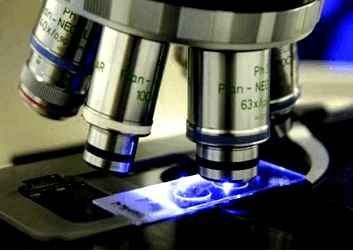OUTCOME OF AZITHROMYCIN AND MONOSODIUM GLUTAMATE ON HISTOLOGIC AND BIOCHEMICAL ALTERATIONS IN RATS’ LIVER
Keywords:
Azithromycin, liver histology, monosodium glutamate, pro-inflammatory, xenobiotic detoxificationsAbstract
Background: Monosodium glutamate (MSG), a commonly used flavouring, mediated hepatotoxic and pro-inflammatory responses. Azithromycin (AZT), an antibiotic with anti-inflammatory activity, may be co-consumed with MSG to present unknown outcomes on the liver, a major organ for the detoxification of xenobiotics.
Aim: This study evaluated the effect of AZT and MSG on histologic and biochemical changes in rats’ liver.
Methods: Thirty rats in five groups were for seven successive days orally exposed to groups 1, (distilled water 1 mL Kg−1), 2, (MSG 8000 mg/kg), 3, overdose AZT, OAZT (AZT 412.5 mg Kg−1), 4, therapeutic concentration AZT, TAZT, (AZT 82.5mg Kg−1), and 5, (TAZT 82.5 mg Kg−1 + MSG 8000 mg Kg−1). Liver function markers in therats’ serum and liver tissue, and changes in the liver histologic were assessed by acceptable protocols. The mean of numeric data were tested for significance at p value less than 0.05 by analysis of variance (ANOVA).
Results: MSG treatment significantly (p<0.05) increased hepatic and serum alanine aminotransferase activity (ALT), aspartate aminotransferase activity (AST), alkaline phosphatase activity (ALP), total bilirubin concentration (T-BIL), and direct bilirubin concentration (D-BIL) but decreased albumin concentration (ALB) compared to control and others. TAZT treatment caused a significant (p<0.05) decrease in these effects unlike MSG and OATZ treatments while TAZT + MSG co-treatment significantly (p<0.05) reversed these effects compared to MSG-treated rats. Rats’ liver sections for rats in groups 2 and 3 showed severe hepatocellular degeneration and necrosis compared to others while those in group 4 (TAZT) showed the normal hepatic histo-architecture comparable to those in group 1 (control). Those in group 5 showed marked cellular swelling and leukocytic infiltration in only the centrilobular areas, suggesting active restorative responses.
Conclusion: Thus, TAZT significantly mitigated the compromised histologic and biochemical integrities of liver function due to MSG treatment in rats via probable normalization of their enzymatic and non-enzymatic indicators of liver function. This suggests that TAZT could be useful in managing histologic and biochemical malfunction of rats’ liver due to MSG assault.

Peer Review History:
Received: 4 October 2023; Revised: 9 November; Accepted: 21 December; Available online: 15 January 2024
Academic Editor: Dr. Marwa A. A. Fayed , University of Sadat City, Egypt, maafayed@gmail.com
, University of Sadat City, Egypt, maafayed@gmail.com
Reviewers:
 Idoko Alexander, Caritas University, Enugu, Nigeria, idokoalexander1@gmail.com
Idoko Alexander, Caritas University, Enugu, Nigeria, idokoalexander1@gmail.com
 Dr. Dennis Amaechi, MrsFoluBabade Mini Estate, Flat 5 by Old Soldiers Quarter, Sabongari/Bwari, Abuja- Federal Capital Territory, Nigeria. amaechitoexcel@yahoo.com
Dr. Dennis Amaechi, MrsFoluBabade Mini Estate, Flat 5 by Old Soldiers Quarter, Sabongari/Bwari, Abuja- Federal Capital Territory, Nigeria. amaechitoexcel@yahoo.com
Downloads

Published
How to Cite
Issue
Section

This work is licensed under a Creative Commons Attribution-NonCommercial 4.0 International License.









 .
.